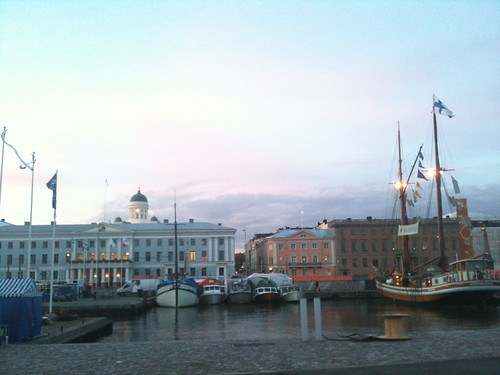The final paper in our ECREA 2012 panel is presented by Jennifer Wladarsch, who focusses on the recent resignation of the German federal president following a corruption scandal. Scandals represent a specific constellation of actors – the scandalised actor themselves, the scandalising actors who point out and report the scandal, and the general public who respond (with outrage) to the scandal.
Online communication broadens the range of potential participants in this process; audiences can participate in the scandalising by providing or reacting to information, for example. Jennifer and her colleagues examined this in the context of a scandal which revealed …













